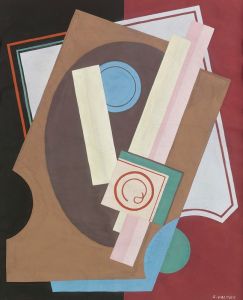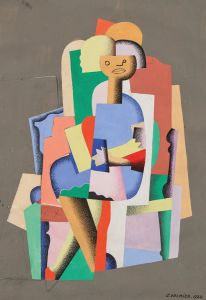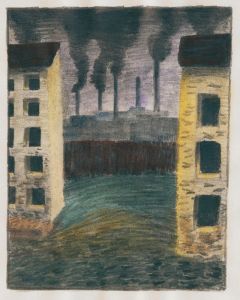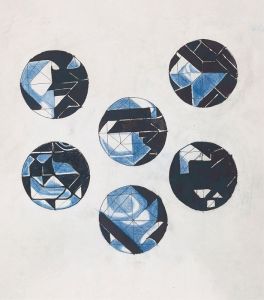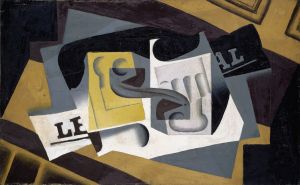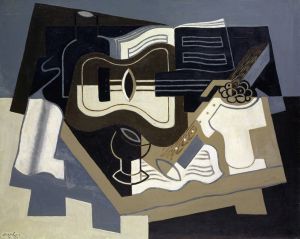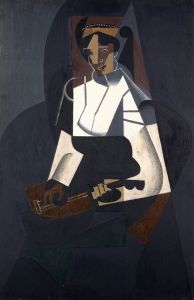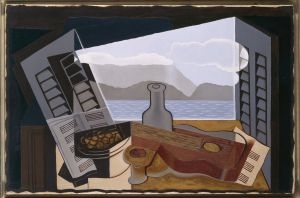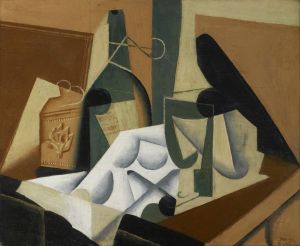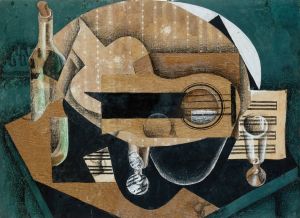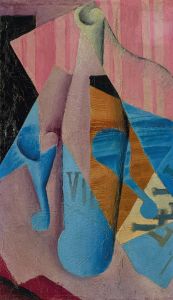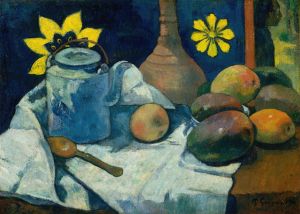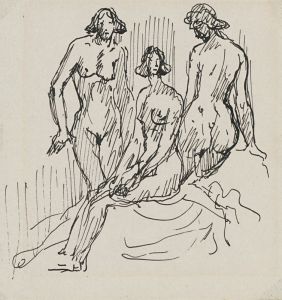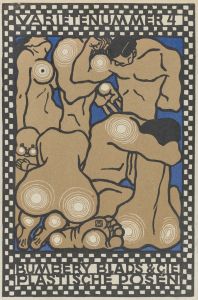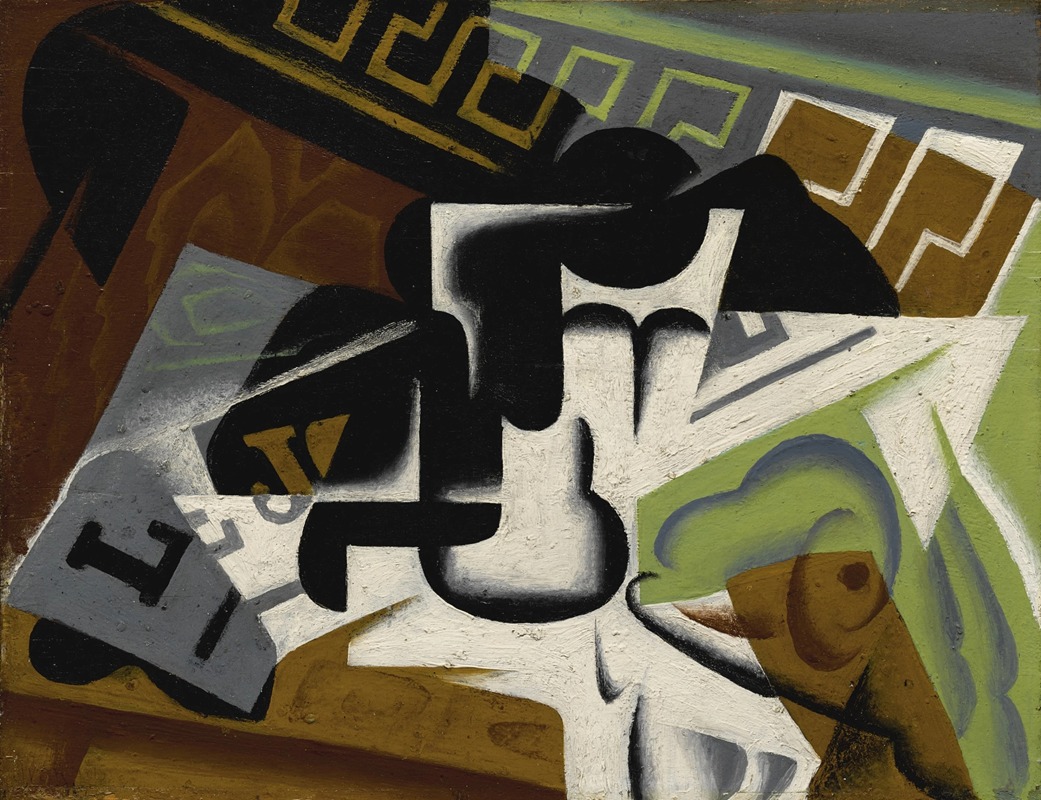
Journal et compotier
A hand-painted replica of Juan Gris’s masterpiece Journal et compotier, meticulously crafted by professional artists to capture the true essence of the original. Each piece is created with museum-quality canvas and rare mineral pigments, carefully painted by experienced artists with delicate brushstrokes and rich, layered colors to perfectly recreate the texture of the original artwork. Unlike machine-printed reproductions, this hand-painted version brings the painting to life, infused with the artist’s emotions and skill in every stroke. Whether for personal collection or home decoration, it instantly elevates the artistic atmosphere of any space.
Juan Gris, a prominent figure in the Cubist movement, created the painting "Journal et compotier" in 1916. Gris, born José Victoriano González-Pérez in Madrid in 1887, was a Spanish painter and sculptor who spent most of his career in France. He is widely recognized for his contributions to the development of Cubism, a revolutionary art movement that emerged in the early 20th century, characterized by fragmented and abstracted forms.
"Journal et compotier" is a still life painting, a genre that Gris frequently explored. The title, which translates to "Newspaper and Fruit Dish," suggests the presence of these objects within the composition. Gris's work during this period is noted for its meticulous attention to detail and the harmonious integration of various elements, both in terms of form and color.
In "Journal et compotier," Gris employs the Cubist technique of breaking down objects into geometric shapes and reassembling them in an abstracted form. This approach allows the viewer to perceive multiple perspectives simultaneously, a hallmark of Cubist art. The painting features a complex interplay of shapes and planes, with overlapping forms that create a sense of depth and dimensionality.
Gris's use of color in this painting is particularly noteworthy. He often employed a muted palette, with subtle gradations of tone that enhance the sense of volume and space. The colors in "Journal et compotier" are carefully balanced, contributing to the overall harmony of the composition. Gris's attention to the interplay of light and shadow further enhances the three-dimensional quality of the objects depicted.
One of the distinguishing features of Gris's work is his incorporation of elements from everyday life, such as newspapers, musical instruments, and household items. In "Journal et compotier," the inclusion of a newspaper not only serves as a visual element but also reflects the cultural and social context of the time. The fruit dish, a common motif in still life painting, is rendered with a sense of solidity and presence, despite the abstraction of its form.
Gris's contribution to Cubism is often seen as a synthesis of the analytical and synthetic phases of the movement. While early Cubism, as practiced by artists like Pablo Picasso and Georges Braque, focused on deconstructing objects into their basic geometric components, Gris's work is characterized by a more structured and refined approach. His paintings often exhibit a sense of order and clarity, with a focus on the harmonious arrangement of forms.
"Journal et compotier" exemplifies Gris's mature style, which combines the intellectual rigor of Cubism with a sensitivity to color and composition. His work had a significant influence on the development of modern art, and he is regarded as one of the key figures in the Cubist movement. Today, Gris's paintings are held in high esteem and can be found in major art collections around the world.





